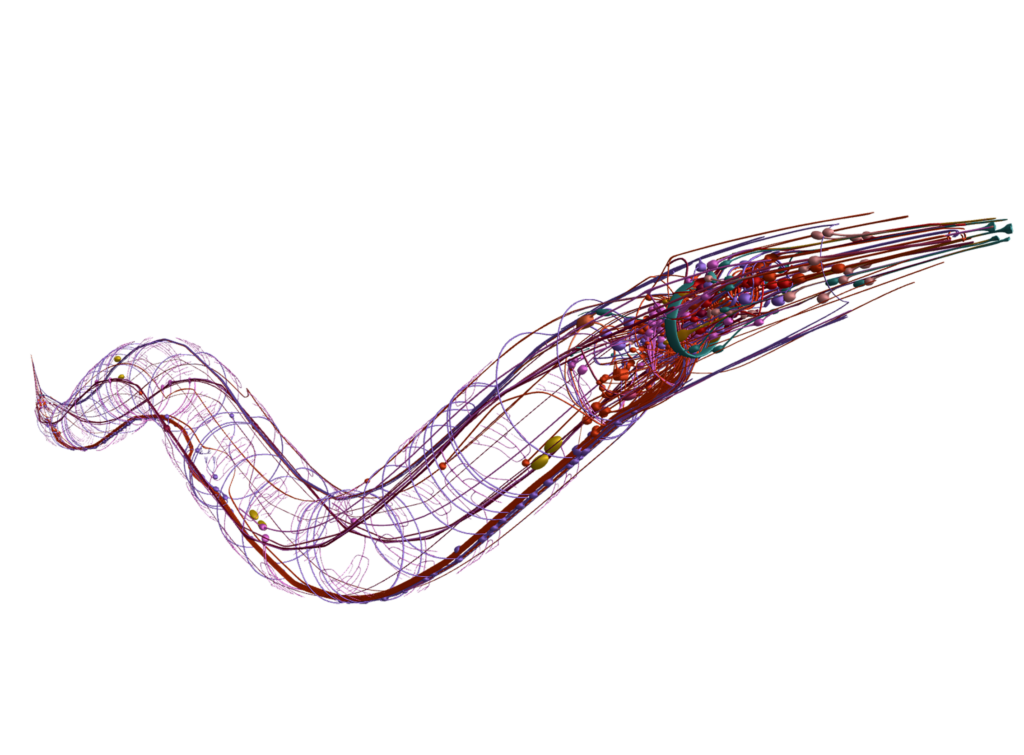Why we experiment on
C. elegans

Caenorhabditis elegans, also known as C. elegans, is a microscopic roundworm that has been widely used as a model organism for studying the nervous system. Here are some reasons why:

1. Simplicity
C. elegans has a simple nervous system consisting of just 302 neurons, which are well-characterized and relatively easy to study. This simplicity makes it an excellent model organism for studying the basic principles of neural development, function, and behavior.
2. Genetics
C. elegans has a well-annotated genome and is genetically tractable, meaning that it is easy to manipulate its DNA using techniques such as RNA interference or CRISPR-Cas9. This makes it possible to study the function of specific genes in the nervous system and to identify the molecular pathways that control neural development and function.
3. Behavior
C. elegans exhibits a wide range of behaviors that are controlled by its nervous system, including movement, feeding, reproduction, and response to environmental stimuli. These behaviors can be easily studied in the laboratory, and the simplicity of the nervous system makes it possible to identify the neural circuits that underlie them.
4. Evolutionary conservation
Many of the genes and neural pathways that are important for C. elegans nervous system development and function are conserved across species, including humans. Therefore, studying C. elegans can provide insights into the basic principles of neural function that are relevant to understanding the human nervous system.